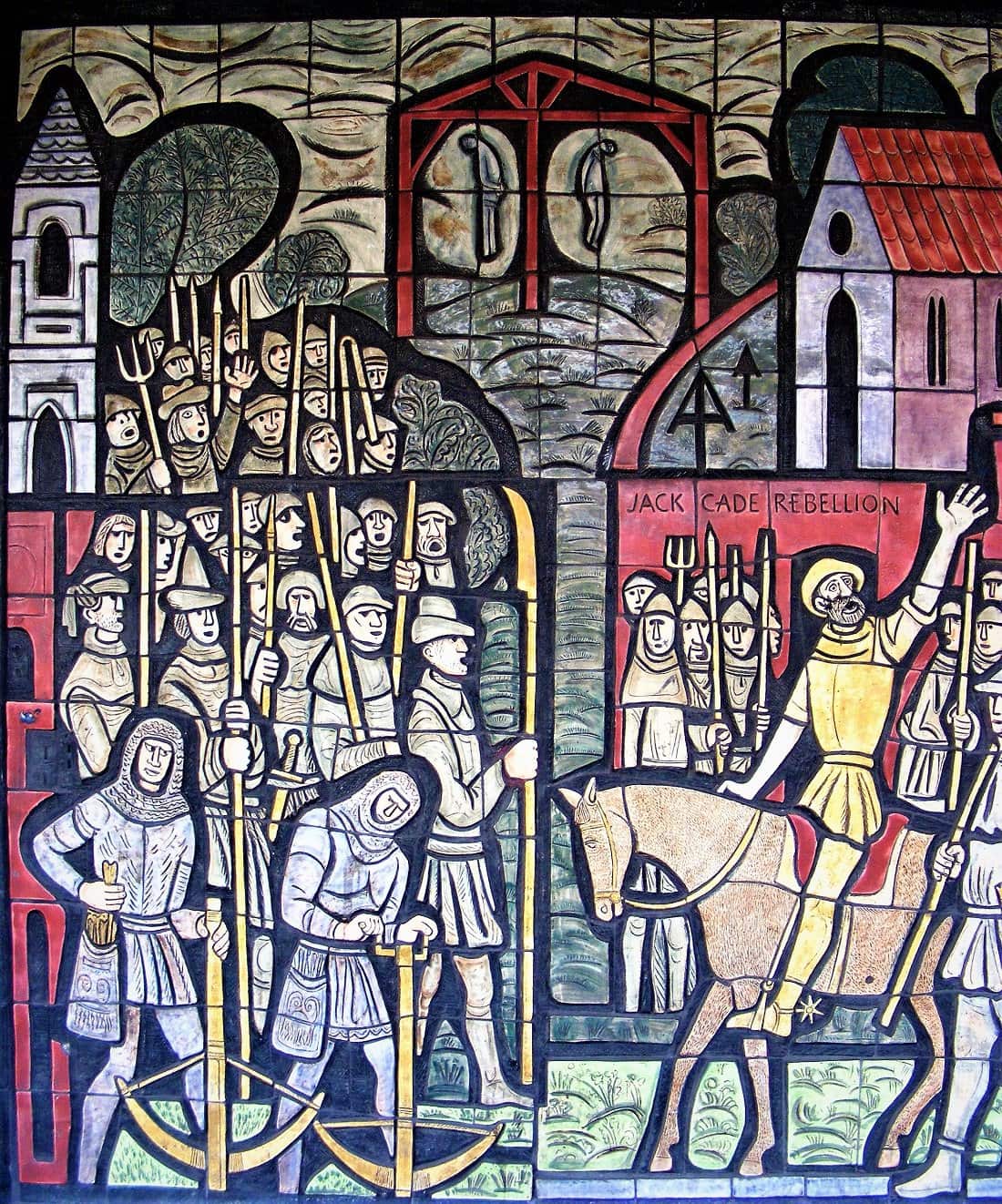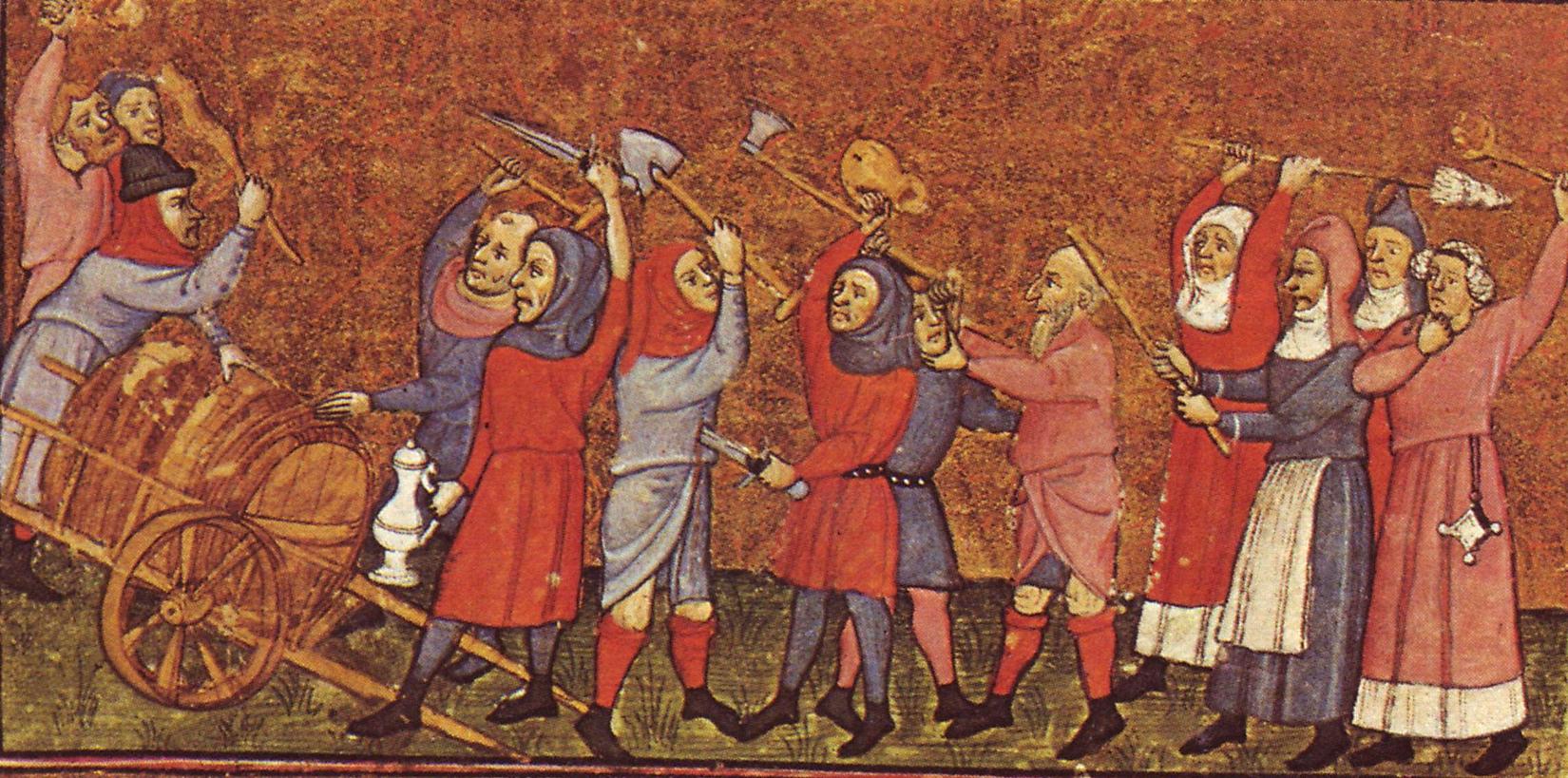
ADVERTISEMENT - CONTINUE READING BELOW
The Medieval Era Saw Many Peasant Rebellions
The oppression and exploitation of peasants by the aristocracy was a hallmark of the Middle Ages. However, medieval peasants didn’t always simply put it up with. From time to time, when they’d finally had enough, peasants rose up in bloody rebellions that terrified and shook society to its foundations. One such was the Cade Rebellion, in 1450. Jack Cade, an Irishman of unknown occupation and little known background who resided in Kent, organized a rebellion among peasants and small proprietors. Cade had been living in Sussex until 1449, when he fled to France to escape a murder charge. He returned to England under an assumed name in 1450, and settled in Kent.

ADVERTISEMENT - CONTINUE READING BELOW
At the time, many were angered by oppressively high taxes and a recent steep rise in prices. That, coupled with widespread corruption and abuse of power by the royal advisors and officials of the weak and hapless King Henry VI, transformed England into a powder keg. Small outbreaks of violence grew into a rebellion that gathered steam. It soon became a major popular revolt and peasant uprising that rocked England and terrorized its government and aristocracy. In June, 1450, Cade emerged as the leader of what had become a major rebellion against the royal government. He called himself John Mortimer, and identified with the king’s rivals, the York branch of the royal family.

